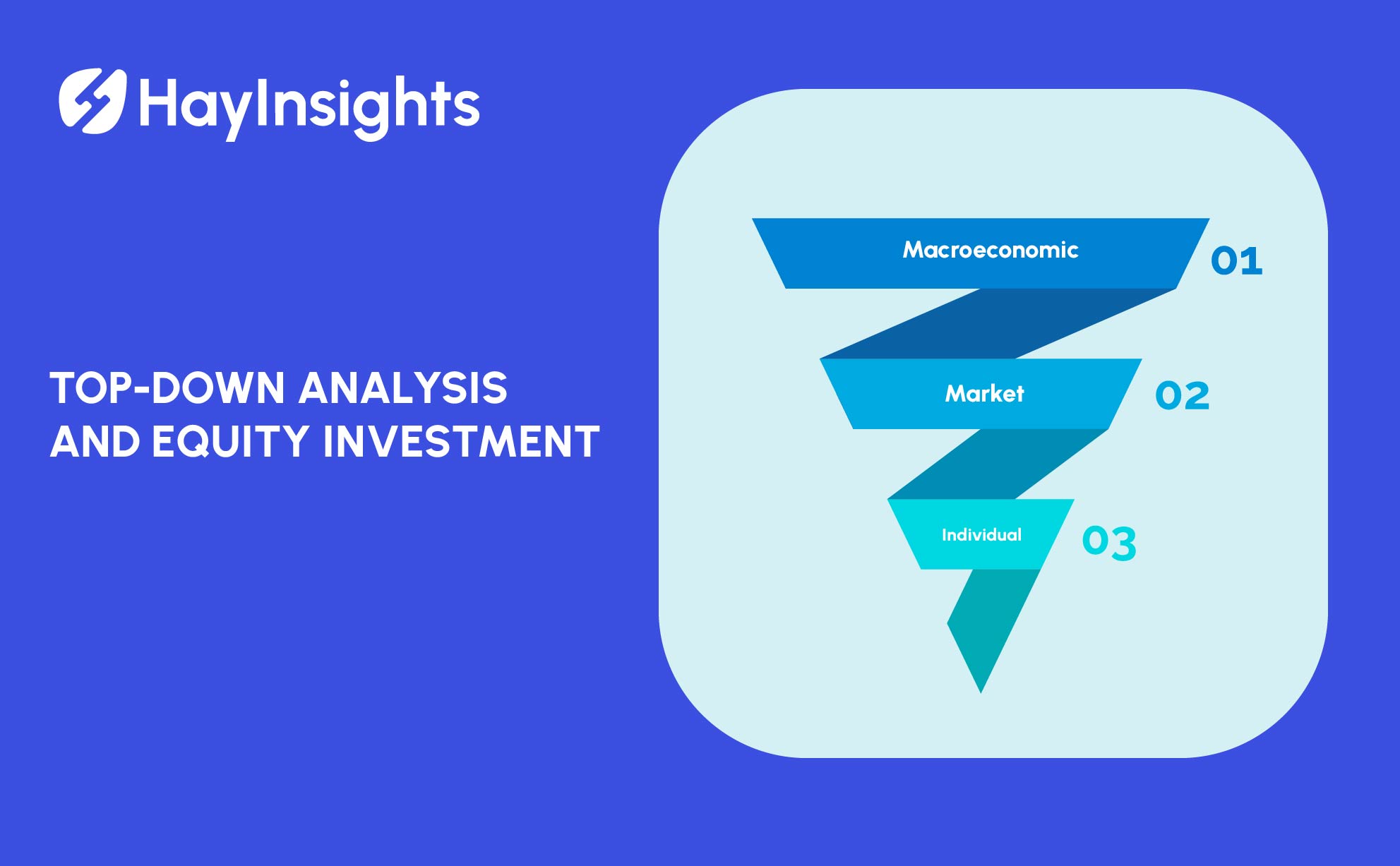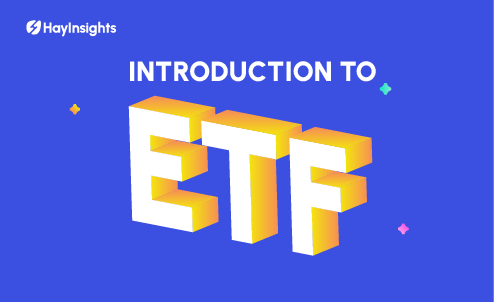
iDeCoとは:長期的な財務改善のための必須ガイド 2025
日本で個人の財務状況や退職後の計画の複雑さに頭を悩ませている人にとって、よく耳にする言葉があります。「iDeCo(イデコ)」とは一体何でしょうか?この重要な年金制度は、公的年金制度を超えた経済的な保障を求める人々にとって、基盤となるものです。 iDeCo は任意の確定拠出型プランであり、参加者が自主的な投資を通じて退職後の貯蓄を管理できるようにするとともに、大幅な税制優遇措置も享受できます。 これは、快適な未来を築きたいと考えている日本の居住者にとって、強固な財務戦略の重要な要素です。
日本における退職後の生活環境は変化しており、経済的な幸福は個人の責任においてより重視されるようになっています。国民年金と厚生年金は基本的なセーフティネットを提供しますが、多くの人が望む老後の生活を送るには不十分だと感じています。まさにそこでiDeCoが登場し、これらの公的保障を補完する強力な手段を提供します。iDeCoの仕組み、メリット、そして考慮すべき点を理解することで、iDeCoを戦略的に活用し、老後に向けてしっかりとした貯蓄を築くことができます。この包括的なガイドでは、この重要な金融ツールの基本原則から参加の実際まで、あらゆる側面を掘り下げて解説します。
iDeCoとは:確定拠出型投資アプローチ
iDeCoは本質的に、確定拠出型(DC)年金プランとして機能します。雇用主が特定の給付を保証する確定給付型(DB)プランとは異なり、iDeCoのようなDCプランでは、拠出額と、その拠出額によって生み出される投資パフォーマンスに重点が置かれます。参加者であるあなたは、選択したiDeCo管理者が提供する幅広い選択肢の中から、資金の投資方法を決定する責任があります。このレベルの管理により、個人のリスク許容度と財務目標に合わせたパーソナライズされた投資戦略が可能になります。
拠出金は、通常は毎月、専用のiDeCo口座に定期的に積み立てられます。これらの拠出金は、投資信託(ミューチュアルファンド)、貯蓄預金、保険商品など、様々な金融商品に投資されます。iDeCo口座の価値は、これらの拠出金と選択した投資から得られる収益によって、時間の経過とともに増加します。投資パフォーマンスは、退職時に受け取る最終的な金額に直接影響することを覚えておくことが重要です。したがって、投資オプションを理解し、十分な情報に基づいた意思決定を行うことは、iDeCoのメリットを最大限に活用するための重要な要素です。
大幅な税制優遇措置の実現: iDeCoインセンティブ
iDeCoに参加する最も魅力的な理由の一つは、魅力的な税制優遇措置の数々です。これらの優遇措置は、退職後の長期貯蓄を奨励することを目的としており、iDeCoを非常に効率的な資産形成手段としています。iDeCoを際立たせる主な税制優遇措置は以下の3つです。
まず、掛金は全額控除の対象となります。iDeCo口座に拠出した金額はすべて、所得税と住民税の両方で課税所得から控除されます。課税所得が直接減るため、全体として支払う税金が減り、実質的に掛金の即時回収となります。 例えば、毎月20,000円を拠出し、所得税率が20%の場合、毎月4,000円の節税が可能です。
第二に、iDeCoの投資収益は非課税です。iDeCo口座内の投資から得られるキャピタルゲイン、配当金、利息は、通常20.315%の源泉徴収税がかかりません。 この非課税による成長により、投資は時間の経過とともにより効果的に複利効果を発揮し、長期的には大幅に大きなリターンにつながります。この繰延課税は、退職後の貯蓄を促進する強力な手段となります。
最後に、引き出し時に税額控除が適用されます。退職時にiDeCoの資金を一括または年金として引き出す場合、大幅な税額控除の恩恵を受けることができます。一括引き出しは退職所得控除の対象となり、勤続年数に基づいて寛大な非課税限度額が設けられます。年金引き出しは公的年金収入として扱われ、公的年金控除の恩恵を受けます。これらの控除により、重要な退職時期における税負担がさらに軽減されます。
参加資格と寄付限度額: 誰が参加できますか?
iDeCoは、一定の条件を満たせば、日本在住のほとんどの方が幅広く利用できます。原則として、国民年金に加入している20歳から65歳までの個人が対象となります。対象者には、会社員(第2号被保険者)、自営業者および農業者(第1号被保険者)、そして会社員の妻または夫(第3号被保険者)が含まれます。既に一定の老齢年金を受給している方、またはiDeCoの給付金を請求したことがある方には、特別な規定があります。
iDeCo への毎月の拠出額の上限は、雇用形態や他の企業年金制度への加入状況によって大きく異なります。 例:
- 自営業者および国民年金任意加入者: 月額68,000円まで拠出できます。
- 会社員(企業型確定拠出年金・確定拠出年金に加入していない人): 月額23,000円まで拠出できます。
- 会社員(企業型確定拠出年金に加入している場合): 拠出限度額はDCの種類に応じて12,000円または20,000円程度と低くなります。
- 会社員(企業型確定拠出年金に加入している場合): 拠出限度額はさらに低く、月額 12,000 円程度になることが多いです。
- 主婦・会社員の夫: 月額23,000円まで拠出できます。
個々の状況に応じて、具体的な拠出限度額を確認することが重要です。iDeCoプロバイダーまたはファイナンシャルアドバイザーが、拠出可能な正確な上限額の算出をお手伝いします。
長期的なコミットメント:引き出しルールを理解する
iDeCo の基本的な特徴は、長期的な退職後の貯蓄に重点を置いていることです。 そのため、引き出しには厳格な規則があります。原則として、60 歳になるまで iDeCo 口座の資金にアクセスすることはできません。 この「ロックアップ」期間は、資金が本当に退職後の目的で使用されることを保証し、数十年にわたって大幅な複利効果が得られるように設計されています。
60歳に達すると、10年以上の拠出期間があれば、給付金の受給資格が得られます。拠出期間が10年未満の場合は、拠出期間に応じて受給開始年齢が繰り下げられ、最低5年間の拠出期間であれば最長65歳まで受給できます。受給資格を得た後は、通常、一時金、年金、またはその両方の組み合わせで受給できるオプションがあり、退職後の収入ニーズに合わせて柔軟に対応できます。

iDeCoを始める:加入手順
iDeCoへの加入には、いくつかの重要なステップがあります。一般的に、このプロセスはiDeCoプロバイダーの選択から始まります。これらのプロバイダーは通常、iDeCoサービスを提供する銀行、証券会社、または保険会社です。 プロバイダーを選択する際には、管理手数料、提供される投資商品の種類と品質、カスタマーサポートのレベルなどの要素を考慮してください。
プロバイダーを選択したら、申込書に記入し、必要書類を提出する必要があります。通常、身分証明書と雇用状況の証明書が含まれます。プロバイダーが口座開設と初期投資ポートフォリオの選択プロセスを案内します。選択する前に、利用可能な投資オプションを調べて理解することをお勧めします。多くのプロバイダーは、お客様のリスクプロファイルに合った分散投資ポートフォリオの構築を支援するガイダンスとツールを提供しています。最初の設定は大変に思えるかもしれませんが、長期的なメリットは管理上の手間をはるかに上回ります。
登録前に考慮すべき重要な点
iDeCoには大きなメリットがありますが、加入する前にいくつかの要素を考慮することが重要です。
- 手数料: iDeCoには様々な手数料がかかることにご注意ください。通常、初期設定手数料、国民年金基金連合会とiDeCoプロバイダーが請求する毎月の管理手数料、そして投資商品運用手数料が含まれます。税制上のメリットは通常これらの手数料を上回りますが、競争力のある手数料体系のプロバイダーを選ぶのが賢明です。
- 投資リスク: リターンは投資パフォーマンスに左右されるため、投資には固有のリスクが伴います。選択した投資に関連するリスクを理解し、ポートフォリオを定期的に見直すことが重要です。分散投資はリスク管理の鍵となります。
- 長期的なコミットメント: 資金は 60 歳(またはそれ以降)までロックされるため、短期的な財務ニーズに対応できる十分な流動性のある貯蓄があることを確認してください。
これらの点を慎重に検討することで、iDeCoがあなたの退職後の生活設計に適した金融ツールであるかどうかを、十分な情報に基づいて判断することができます。多くの日本在住者にとって、その答えは「イエス」であり、iDeCoは将来の経済的な計画に欠かせないものとなっています。
結論:iDeCoで将来を保障する
まとめると、iDeCoとは何でしょうか?iDeCoは、個人が退職後の生活に向けて積極的に貯蓄し、大幅な税制優遇を受けられる、非常にメリットのある日本の任意加入型私的年金制度です。税控除対象の拠出金、非課税の投資成長、そして有利な引き出しルールなど、iDeCoは長期的な資産形成のための強固な枠組みを提供します。iDeCoの仕組み、資格要件、そして自己管理型投資の重要性を理解することで、iDeCoを活用して、より安心で豊かな退職後の生活を実現できます。この価値ある年金制度に早くから着実に拠出することの力を過小評価しないでください。iDeCoは、日本でのあなたの経済的な将来を真に変える力を持つでしょう。













